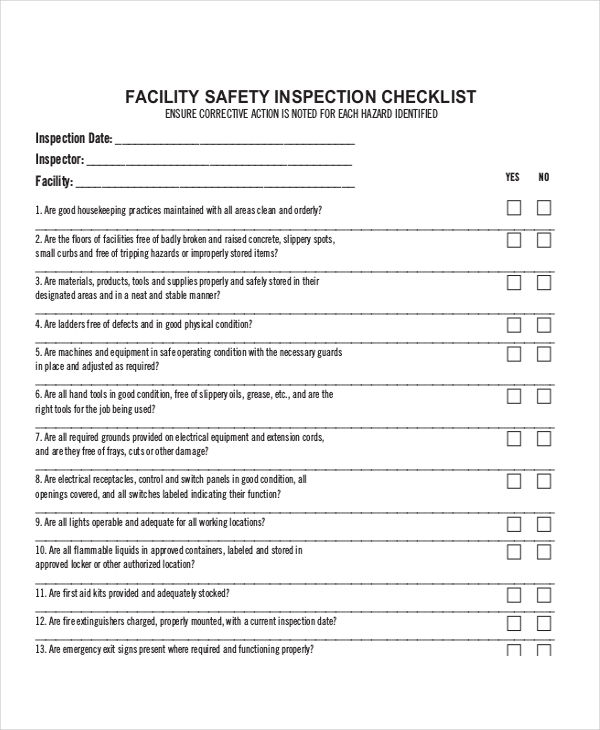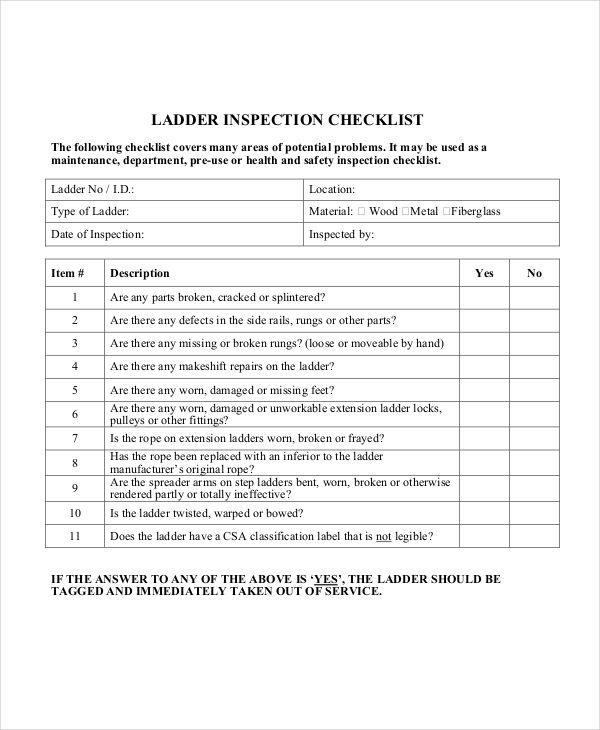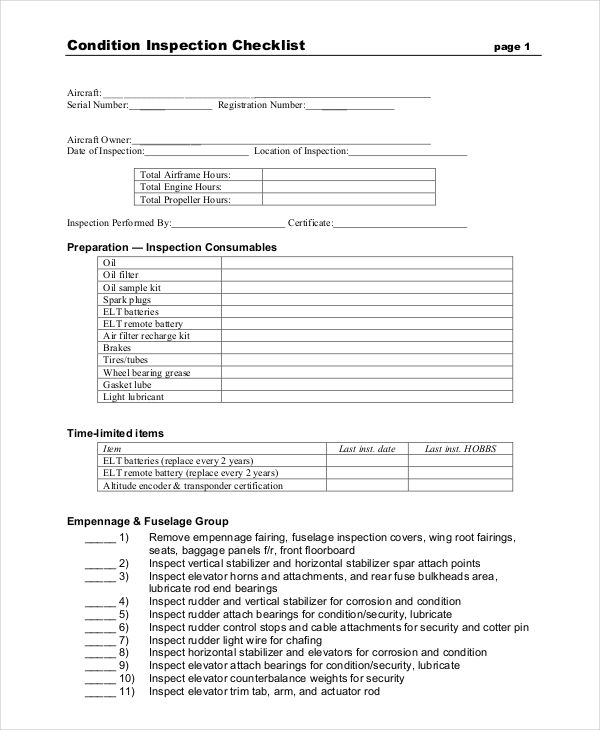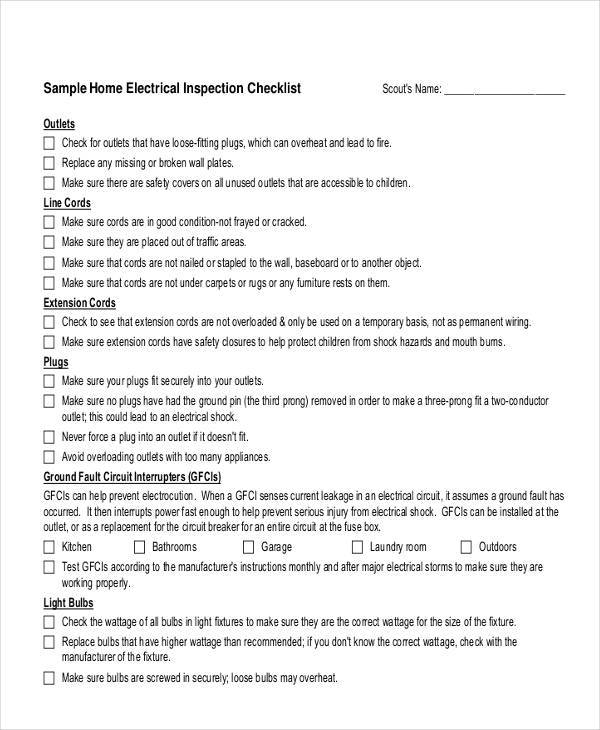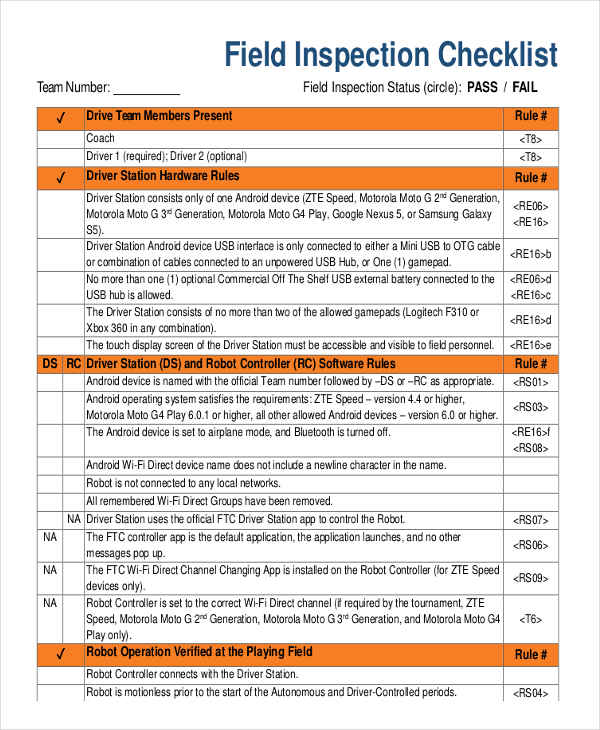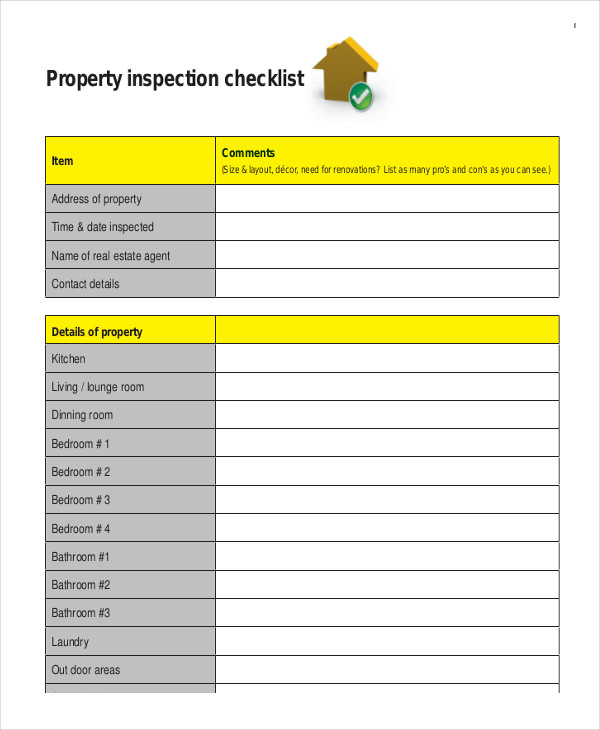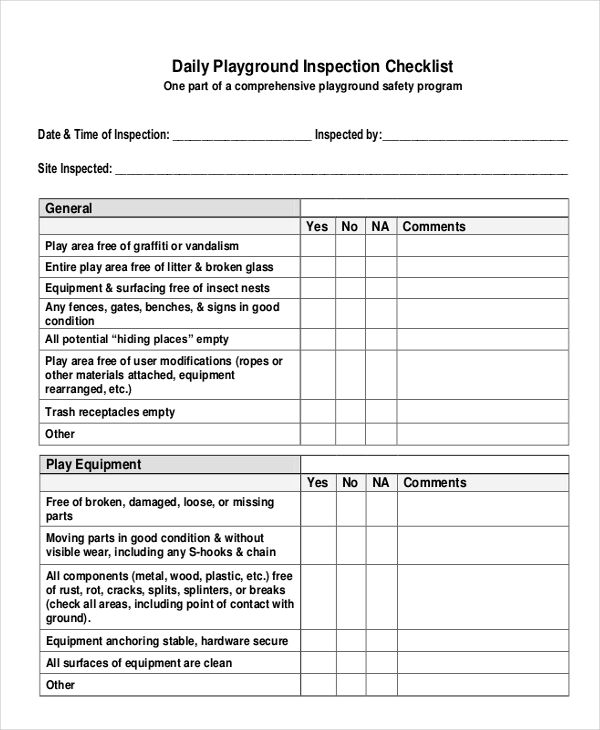25+ Inspection Checklist Examples to Download
The maintenance of a place is essential to uphold especially public spaces like restaurants, offices, and malls. That is why people call professional inspectors to check and see if the area is up to the public’s safety and cleanliness standards. One of the tools they use to do their job is the inspection checklist.
25+ Inspection Checklist Examples
Sample Vehicle Inspection Checklist Example
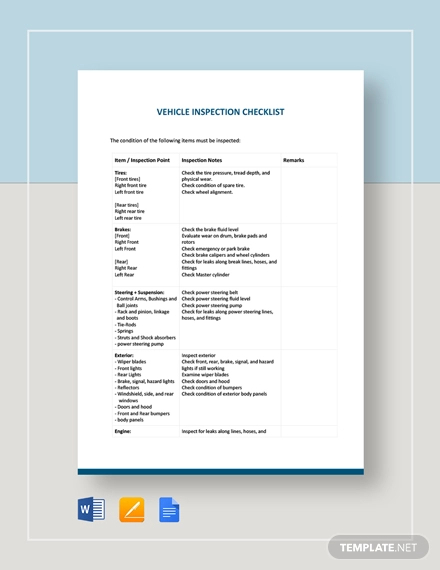
Home Inspection Checklist Example
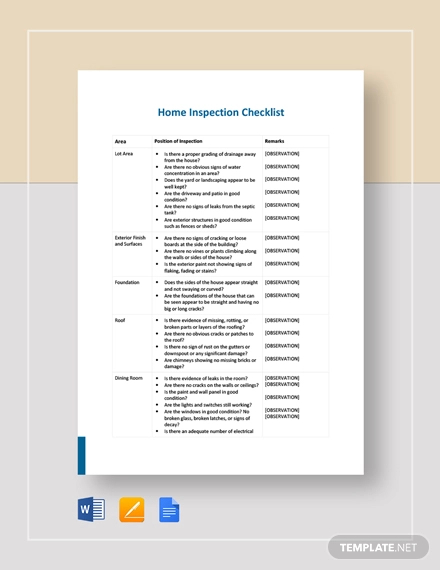
Truck Inspection Checklist
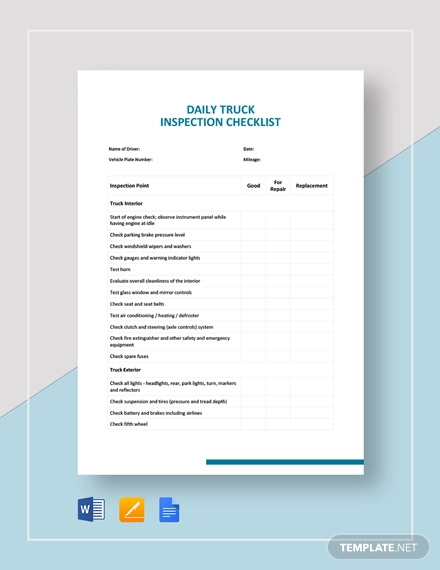
Home Inspection Checklist Form
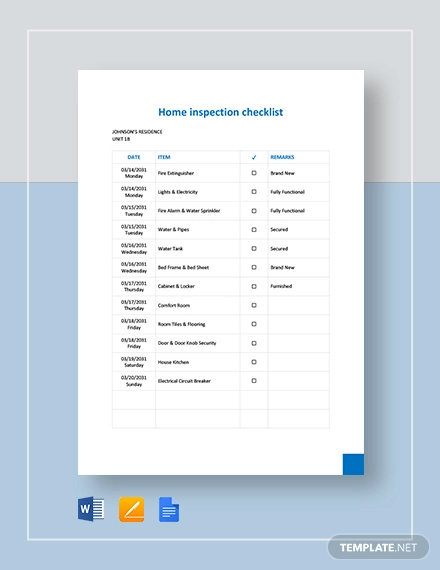
Restaurant Inspection Checklist Example
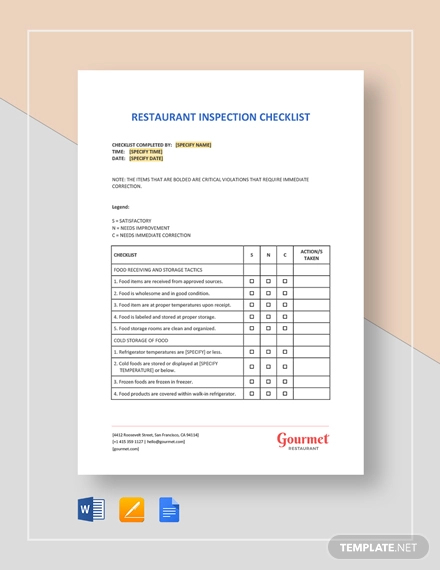
Restaurant Multi Unit Inspection Checklist Example
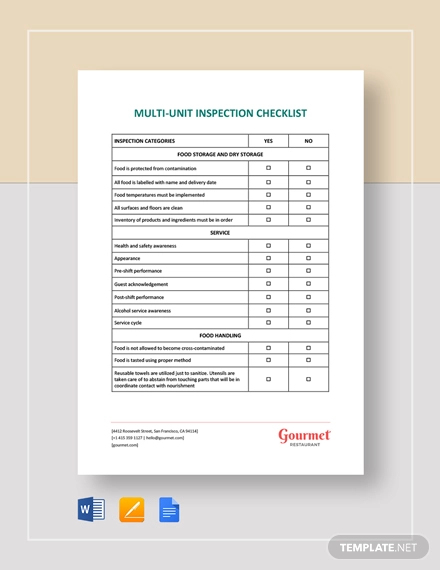
Vehicle Inspection Checklist Form Example
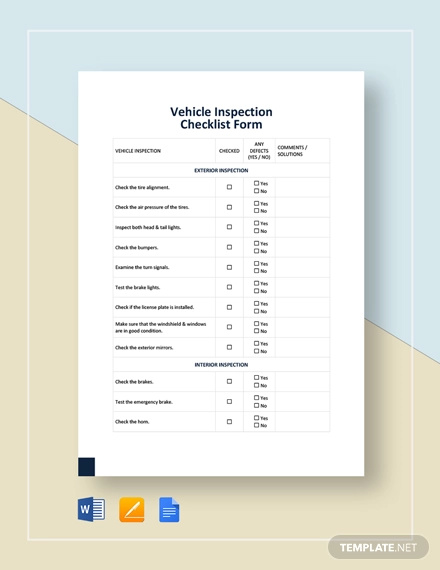
Weekly Vehicle Inspection Checklist
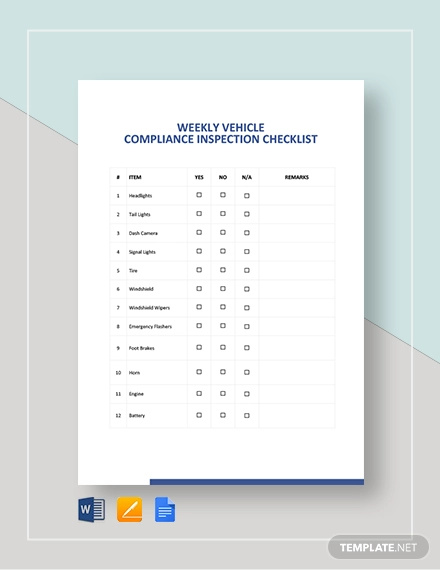
Motor Vehicle Inspection Checklist
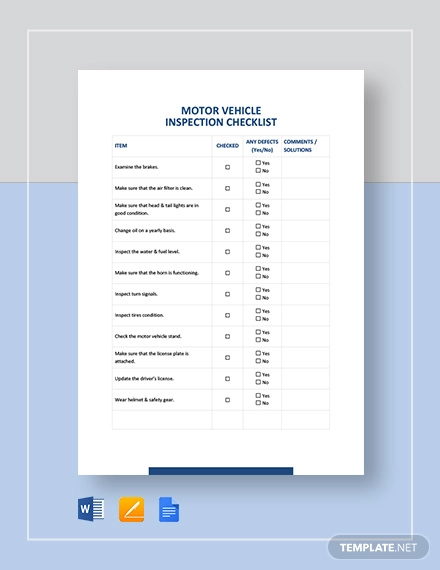
Vehicle Safety Inspection Checklist

Site Inspection Checklist Template
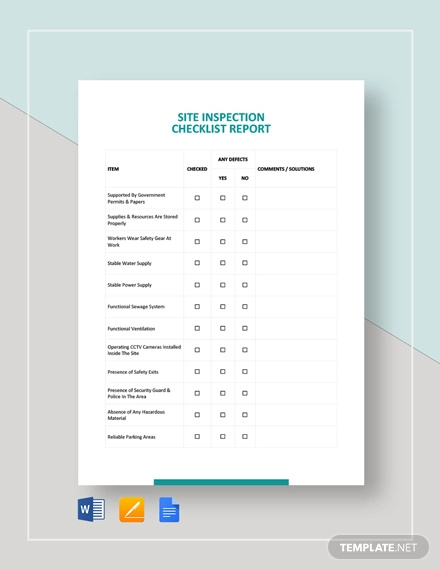
Workplace Safety Inspection Checklist
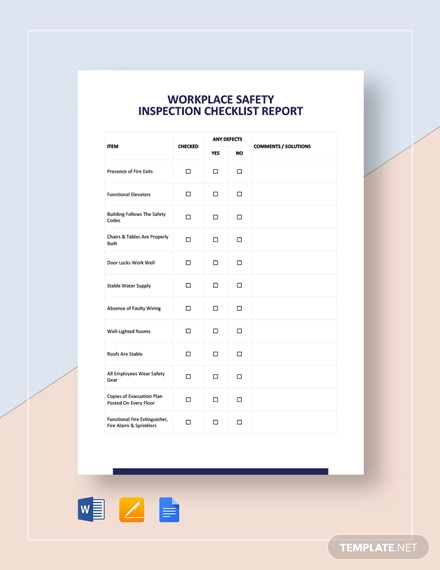
Truck Inspection Checklist Template
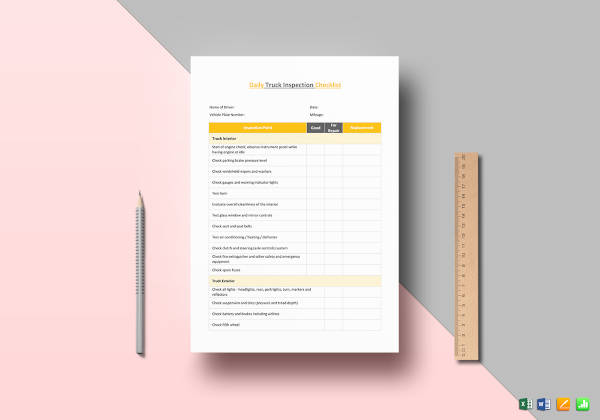
Vehicle Inspection Checklist Template

Home Inspection Checklist Template
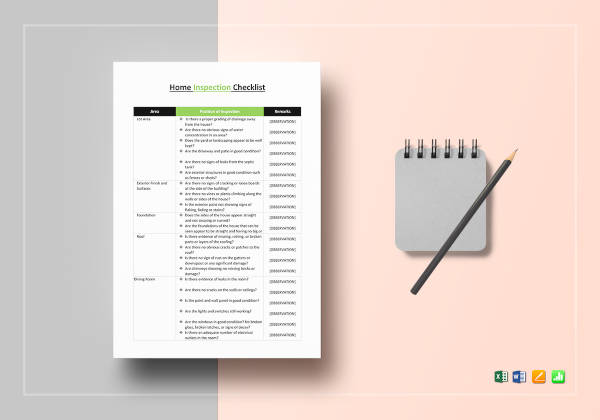
Workplace Inspection Checklist
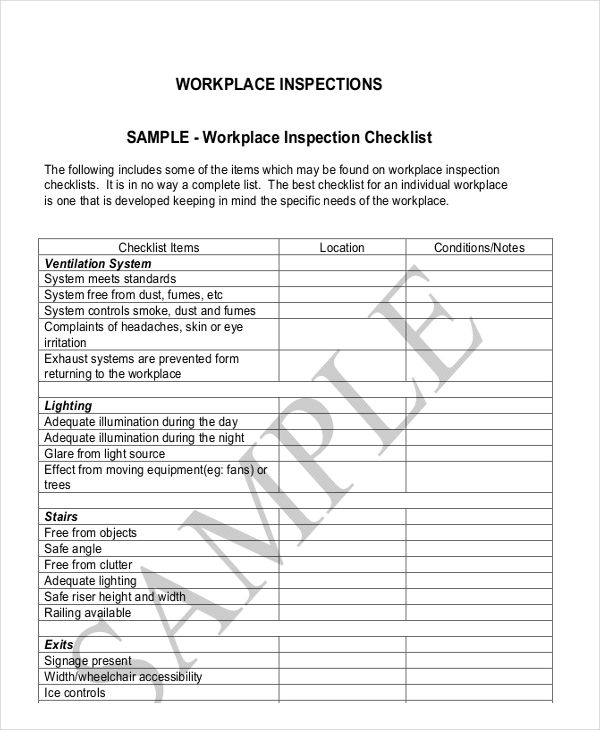
Home Inspection Checklist Sample
Facility Inspection Checklist
Ladder Inspection Checklist Example
Aircraft Condition Inspection Report
Safety Inspection Sample
Electrical Inspection Checklist
Field Inspection Checklist
Property Inspection Sample
Site Inspection Checklist
Playground Inspection Example
What Is an Inspection Checklist?
An inspection checklist contains a list of areas in the building, house, or facility that needs inspection. Its use is to inspect a piece of equipment. Ticking off each item on the checklist means the professional inspector verifies that each area is already in good condition and does not need further evaluation or assessment. The items on the list need to be specific to the type of area or equipment under inspection for it to be effective.
How to Prepare an Inspection Checklist?
Based on a graph by Statista, the revenue of the building inspection industry has increased in the past decade. And it will continue to do so until 2023, based on forecasts. Just like any other checklist examples, an inspection checklist also requires adequate preparation. Here are the following steps on how to prepare an inspection checklist.
1. Take Note of What to Inspect
Identify what area you are going to check or what special equipment needs an inspection. List all the items under review and make sure it specifies according to the area or object. For example, if you are going to an apartment, take note of all the rental property, you are going to inspect there. That way, you will have an easy time doing the inspection when you are there already.
2. Collect Information Beforehand
Talk to the person-in-charge for current problems or issues and the items that a previous inspector has already inspected. For example, if you are going to examine a house’s plumbing system, then it is a good idea to ask if they have any issues with the toilet and the kitchen for the past few days.
3. Format Your Checklist
To make your inspection easier, incorporate a format to your checklist. Rather than using an actual list, you can use a table format to write your findings. You can take a look at other list templates to see which one fits with your style of writing. This will help you conduct a thorough examination or assessment of the area or equipment.
4. Categorize Your Inspections
If you are going to inspect multiple areas during the job, you will do a lot of good to keep your checklist in categories. Doing so can help you avoid getting mixed up in your inspections. For example, if you are on duty in a construction site, you can keep areas and equipment in separate categories when you inspect them.
FAQ’s
When is the use of an inspection checklist applicable?
An inspection checklist is applicable when it comes to monitoring the quality of an object or an area. It is usually used in places such as a warehouse or office and to check if everything went through inspection.
How do you fail an inspection?
If something is not up to a certain standard, then that means you have failed the inspection. Examples of situations that could lead to failure include hotels that have problems with the electricity or a vehicle with adequate safety measures.
What is the difference between an inspection checklist and a safety checklist?
An inspection checklist’s use is to determine whether something has followed the standard quality and procedures mandated by the law. A safety checklist’s use is to identify any hazards that are present in an area. While they both involve safety, their use is to inspect different things.
When used properly, an inspection checklist is beneficial to ensure the safety of an area or equipment. It can keep you organized by providing guidelines and procedures to follow to have an effective inspection. The employees will feel safe and confident in the equipment knowing that it went under examination. In its way, it promotes safety and productivity.




